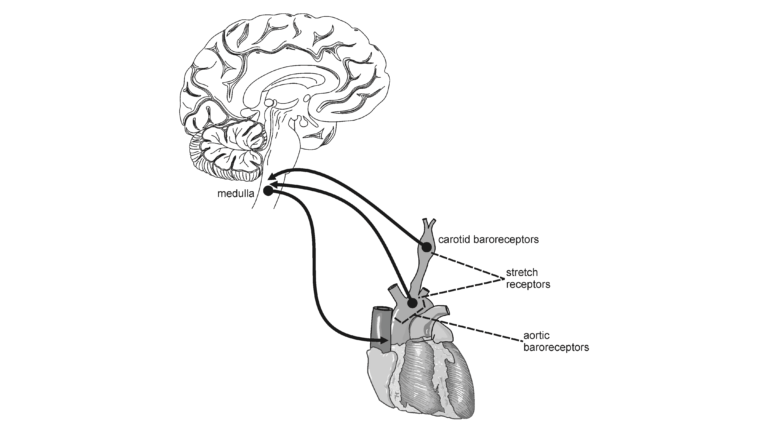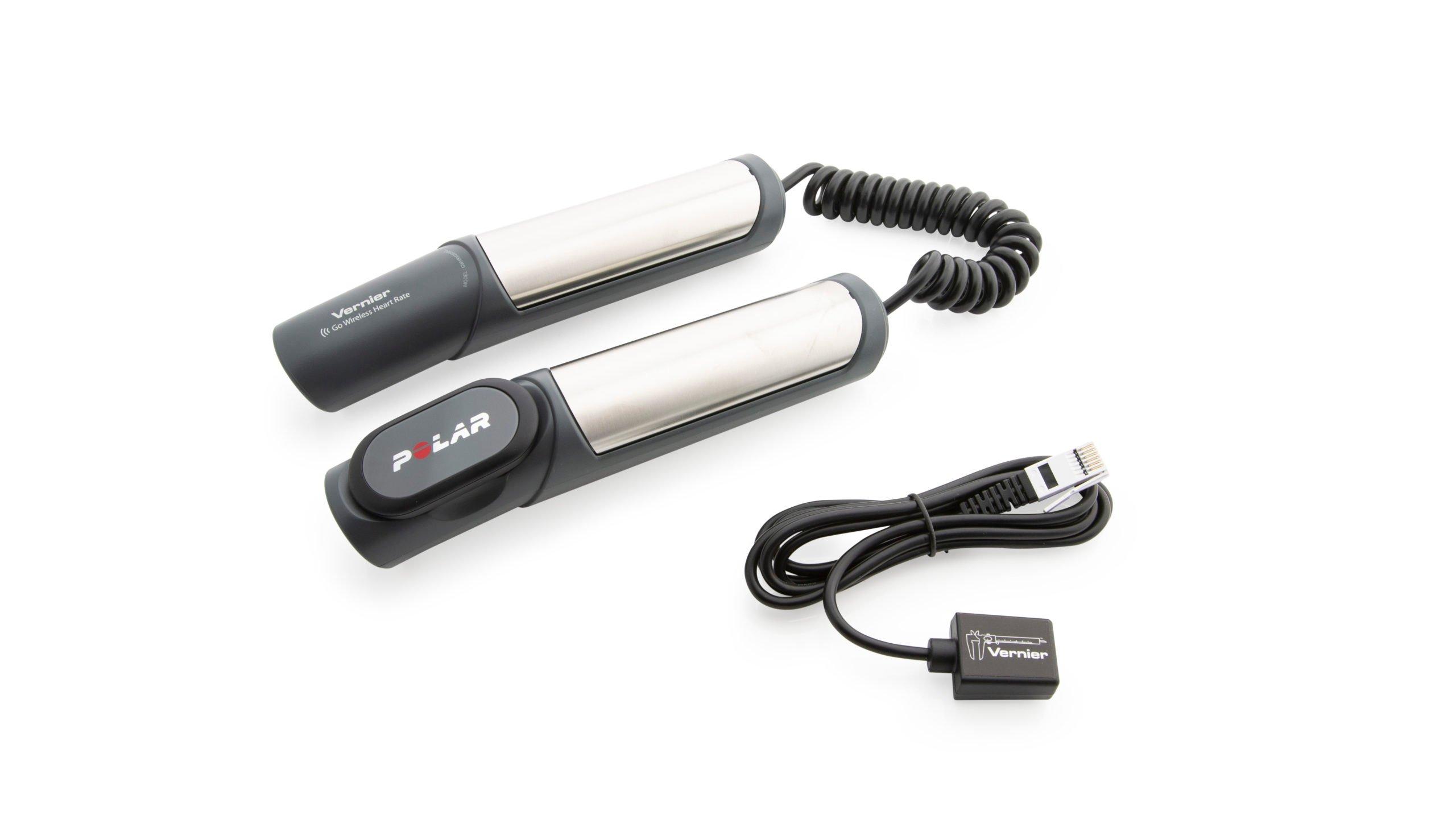
Introduction
Since the earliest days of medicine, heart rate has been recognized as a vital sign (an indicator of health, disease, excitement, and stress). Medical personnel use heart rate to provide clues as to the presence of many medical conditions. Reflex changes in heart rate are one of the body’s most basic mechanisms for maintaining proper perfusion to the brain and other tissues. Low blood volume caused by bleeding or dehydration results in the heart beating faster as it attempts to maintain adequate blood pressure. Excitement, stress, and anxiety activate the autonomic nervous system, which may also speed the heart rate and raise blood pressure.
In this experiment, you will observe how the heart responds to cold stimulus applied peripherally. In this case, cold will act as a noxious stimulus, activating the “fight or flight” response through the sympathetic nervous system.
Objectives
In this experiment, you will
- Obtain graphical representation of heart rate.
- Compare heart rate before and after exposure to cold stimulus.
- Observe an example of sympathetic nervous system activation (“fight or flight response”).
Sensors and Equipment
This experiment features the following sensors and equipment. Additional equipment may be required.
Ready to Experiment?
Ask an Expert
Get answers to your questions about how to teach this experiment with our support team.
- Call toll-free: 888-837-6437
- Chat with Us
- Email support@vernier.com
Purchase the Lab Book
This experiment is #3 of Human Physiology with Vernier. The experiment in the book includes student instructions as well as instructor information for set up, helpful hints, and sample graphs and data.


